Circular economy programmes are becoming a key part of automotive manufacturing sustainability strategies, but these should be more ambitious says Dr Michael Riesener, speaking at this year’s Automobil Produktion Kongress.
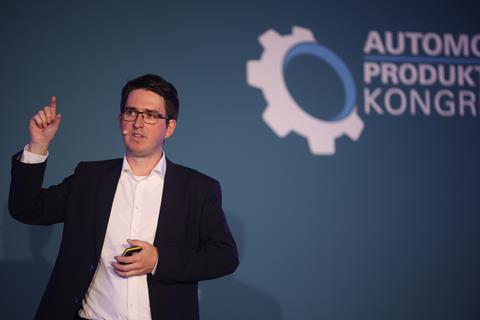
A big part of current circular economy programmes is the reducing the amount of new or virgin materials used in production operations and much of this comes from recycling, either using recycled materials in metal, plastic or fabric components, or going further by creating closed-loop recycling programmes within a company’s own operations, reducing the reliance on outside sources.
Dr Riesener, Managing Chief Engineer at the Laboratory for Machine Tools and Production Engineering (WZL), part of RWTH Aachen University, noted that there a several other factors that should be considered when planning and initiating a circular economy project.
During his presentation Dr Riesener offered some context as to where considerations around materials sourcing and usage are currently focussed. He pointed to two ‘traps’ that economic rationalisations had created; the idea of consumers (public or industrial) understanding that purchasing something new is more cost effective that having something repaired or preferable to buying used items from a quality standpoint.
“We need to focus on the two traps that we ran into, the ecological and the societal traps. We have an increase in material wealth, which needs a lot of resources. And at the same time, we see high costs to continue this growth.”
He also noted the focus on costs in this context. “If you look at the average costs, 57% of these costs amount to materials. Also 98.6% of the materials are only used once and the costs of all those materials is 500 billion.”
Addressing materials usage and costs
Dr Riesener pointed to the need to address the overall material costs and the path taken in the reuse of materials and components. While the current approach to a circular in production operations are having a positive effect, Dr Riesener suggested that companies “leave the ‘circle’ too early in order to increase efficiency.” Things like increasing the recycling quotas, improving the separation of certain materials, etc. are good and necessary in the current context but companies should be looking forward to 2030-40, to creating a decade of circularity
“So, going into the direction of sustainable production, it should not be seen as a unique, one-time production circle, you should see it in terms of a circular economy process, not only recycling the material in order to move forward with high resources and energy consumption, but to address long lasting measures, creating a whole set of products and to use them longer.”
Longer vehicle lifecycles
Something Dr Riesener believes will be a big step forward is to greatly increase the lifecycle of the vehicles being produced and sees electric vehicles as an opportunity. He noted that electric motors are now engineered to a point where they exceed the lifecycle of ICE units (and require less servicing and materials) so, the engine is no longer a limiting factor to the vehicle’s service life.
“This means we can build a car that will have a longer service life. The approach is to use a long-life aluminium chassis with an incremental innovation strategy that continues beyond the delivery of the vehicle.”
To further optimise this approach also requires a change in the structure of vehicle ownership, Dr Riesener offered the example of leasing vehicles to suppliers on a subscription-based model.
“This would mean vehicle makers retain possession of the vehicle and can determine when to update the vehicle, when to integrate something new. So, this functions by building on this long-life chassis structure.”
He noted that the body structures could be designed and produced as easily interchangeable thermoplastic parts.
“We can exchange these parts and provide updates beyond the lifecycle of the product and thus keep the vehicle longer as compared to the current vehicle life cycle. We want to define manufacturing cycles for all components of a vehicle that must be regularly exchanged according to a defined cycle.”
He suggested the servicing and upgrades could be divided into different categories with each category being predetermined based on a service (wear and tear) requirement or on a functional upgrade. This would see components being recycled and reused.
Changing design, production and ownership models
This requires a paradigm shift in how vehicles are designed, produced and supplied to users. It also requires a different mindset from consumers; to want something that is recycled, reused, upgraded, different, rather than an entirely new vehicle. And he referred to his initial remarks on the rationalisation of repairing or renewing something over purchasing a new unit.
“In this sense, while we will not bring back the repair shops in this world, we can make the drive towards the reassembly of production parts on an industrial level, then we see the potential to have a much hight percentage of material reuse.
“We have exchanged ideas with many OEMs, and when I go to a factory, I ask the question ‘how many reused parts are you implementing?’ And the answer is always zero. Nobody uses remanufacturing parts because our quality criteria.”
Dr Riesener acknowledged the complexity of this challenge but encouraged the automotive industry to create projects to evaluate this approach, to continue to innovate production operations and vehicle design with this approach in mind.
Laboratory for Machine Tools and Production Engineering (WZL) of RWTH Aachen University
Dr Michael Riesener, is scientist and entrepreneur, specialising in innovative product development and production with a focus on agility, sustainability and digital consistency at the WZL of RWTH Aachen University. He bridges the gap between theory and practice, advocating collaboration between research and industry, a principle he’s been actively promoting for over 12 years.
Riesener has been instrumental in the establishment of companies and research centres at RWTH Aachen, fostering consortia cooperation between scientific and business experts. Born in Aachen in 1986, he studied industrial engineering and obtained his doctorate in complexity management at RWTH Aachen. Since 2017, he’s been promoting the exchange between science and industry as Managing Chief Engineer at WZL and as Managing Director, applying his expertise in lectures, further education and collaborative projects.
The Laboratory for Machine Tools and Production Engineering (WZL) of RWTH Aachen University promotes the innovation drive and competitiveness of industry with trend-setting basic research, applied research and with resulting consulting and implementation projects in the field of production engineering. In the research fields of machine tools, gear technology, production engineering as well as production metrology and quality management, practical solutions for resource-efficient production are developed with industrial partners from a wide range of sectors. Industry 4.0 topics such as digitalisation, individualisation, automation, robotics, data monetisation, sustainability, artificial intelligence and 5G are addressed alongside the classic problems of manufacturing companies.





























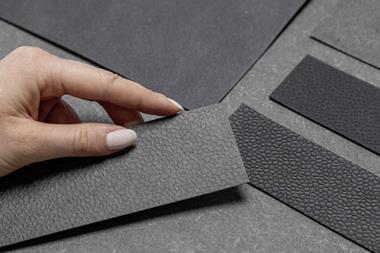
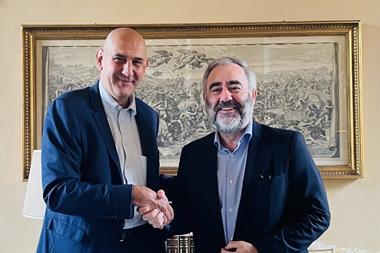
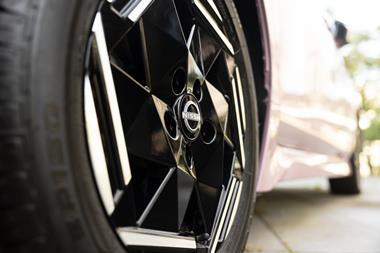
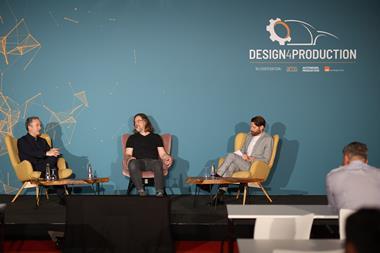

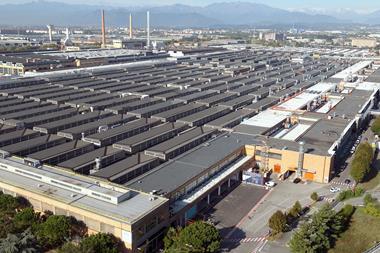



No comments yet